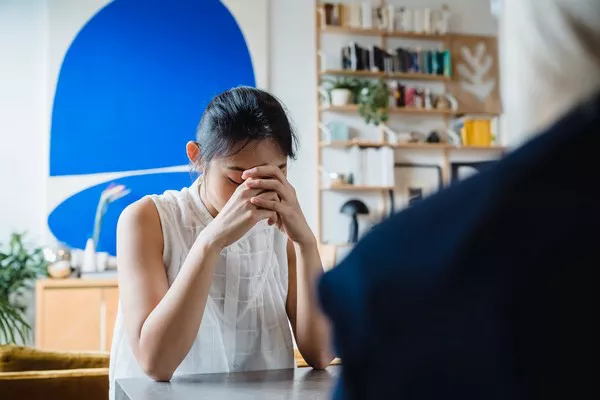An urgent and often overlooked concern demands our attention: the pervasive and alarming levels of anxiety in the United States. A panel of medical experts has underscored the gravity of the situation, recommending the screening of all individuals under 65, encompassing children and teenagers, for anxiety disorders.
Describing mental health disorders as a “crisis in this country,” clinical psychologist and University of Massachusetts Chan medical school professor Lori Pbert emphasizes the need for a broader discourse on this pressing issue.
A recent New York Times article delves into the phenomenon of “persistent depressive disorder” (PDD), affecting an estimated 2% of adults in the United States in the past year alone. Shockingly, nearly 50,000 lives were lost to suicide in the previous year, according to a provisional tally from the National Center for Health Statistics, marking the highest suicide rate (14.3 deaths per 100,000 Americans) since 1941.
The statistics reveal a nuanced landscape: suicide rates for men aged 75 and older have soared, doubling that of individuals aged 15-24. Suicide rates among Native Americans stand at nearly double the rates for other Americans.
However, amid these concerning trends, there is a glimmer of hope with suicide rates for children aged 10 to 14 decreasing by 18%, and for those between 15 and 24 by 9%, returning to pre-pandemic levels.
The critical question arises: could the widespread anxiety, depression, and escalating suicide rates be rational responses to a society in increasing disarray? Factors such as soaring housing costs, job and income insecurity, attacks on democracy, and the specter of divisive political figures are contributing to an atmosphere of profound societal disorder.
Elevated anxieties also stem from concerns about mass shootings in educational institutions, the looming climate crisis, and a surge in racism, misogyny, and attacks on various minority groups. The impact of these stressors is intensified by the pervasive coarseness and negativity observed in social media.
Notably, studies indicate that women and Black Americans face higher risks of depression and stress, raising questions about whether their experiences should be labeled as “disorders” or viewed as responses to the challenging realities they confront.
In scrutinizing the vulnerability of white men without college degrees to suicide, overdoses, and other health issues, economists Anne Case and Angus Deaton argue in “Deaths of Despair and the Future of Capitalism” that the white working class’s decline plays a pivotal role in these crises. They point to systemic issues such as underpayment, disrespect, and the perception of a rigged system as key contributors.
As we grapple with the mental health crisis, it is imperative to consider both individual and societal factors, fostering a more comprehensive understanding that goes beyond personal disorders to address the root causes that underlie the collective struggle for mental well-being.




























